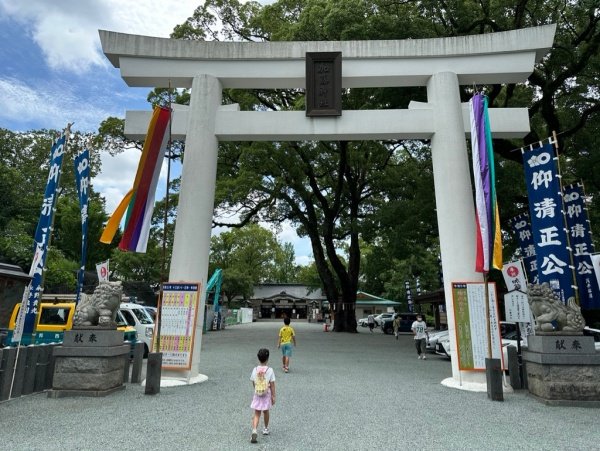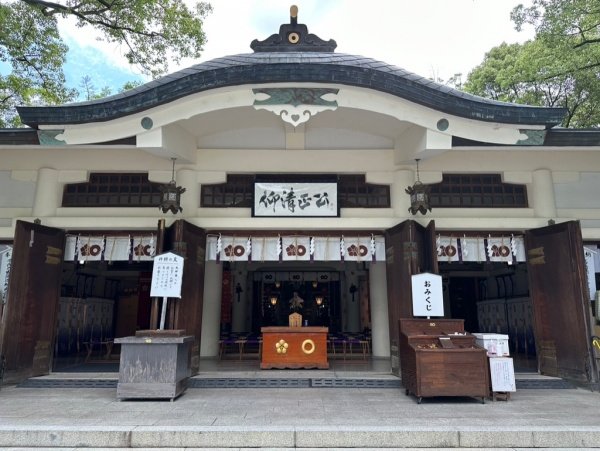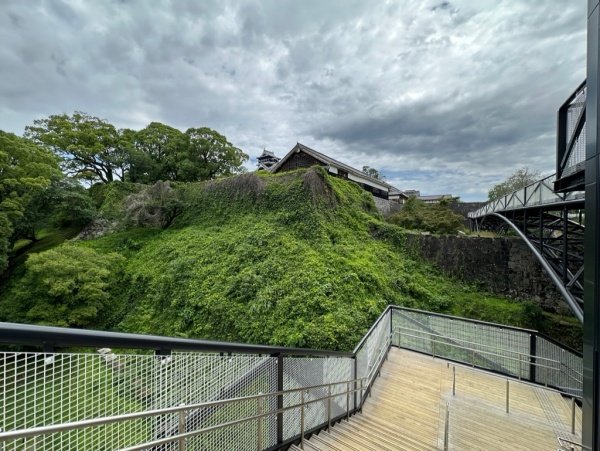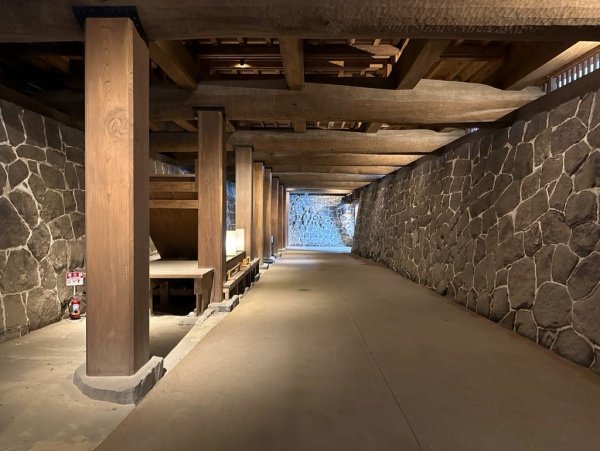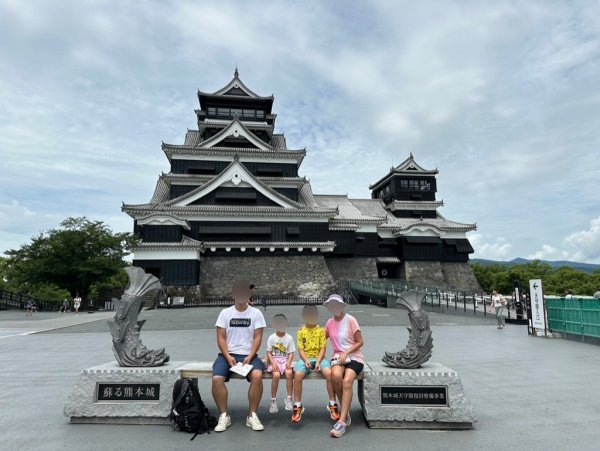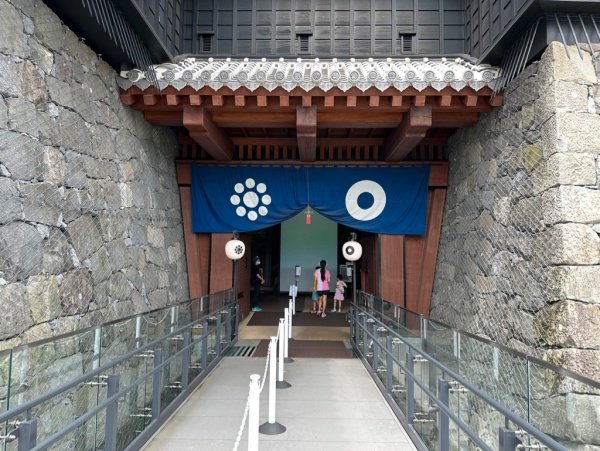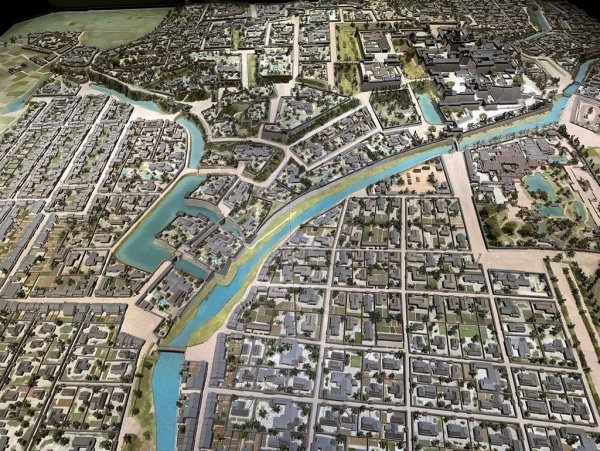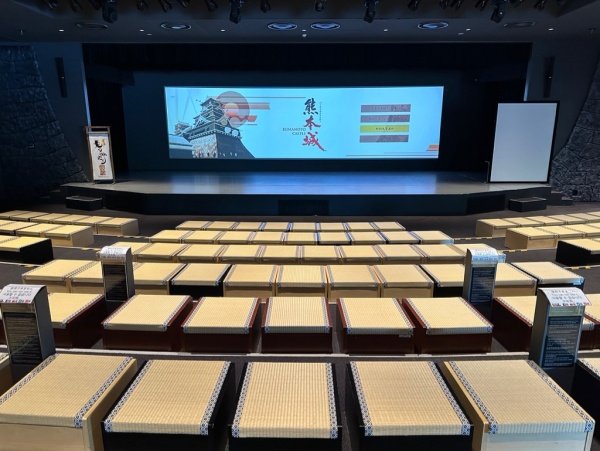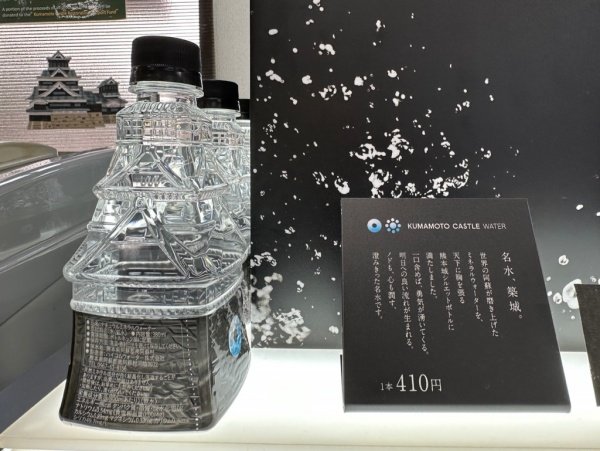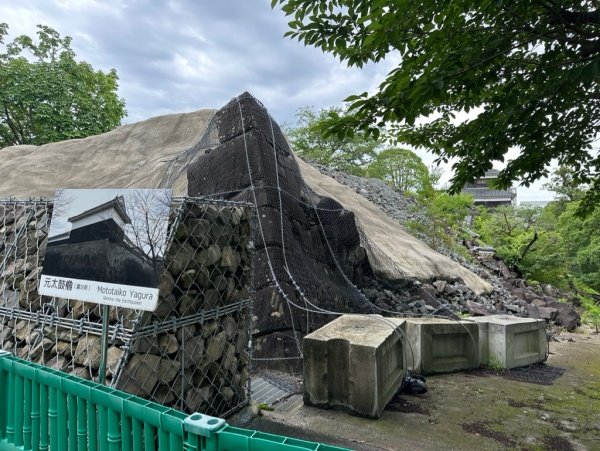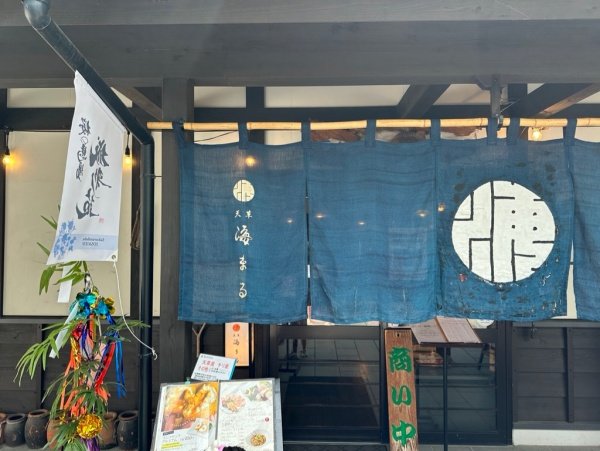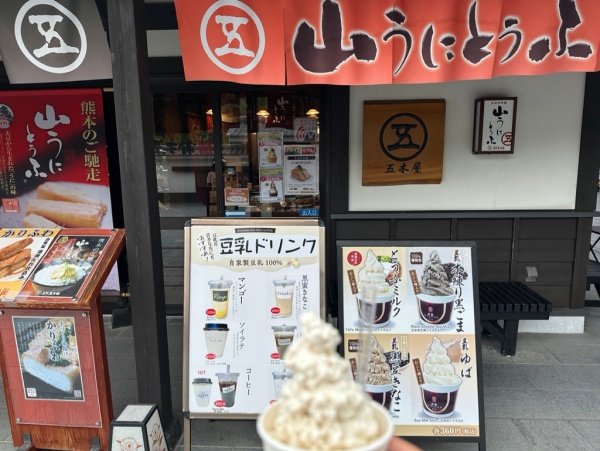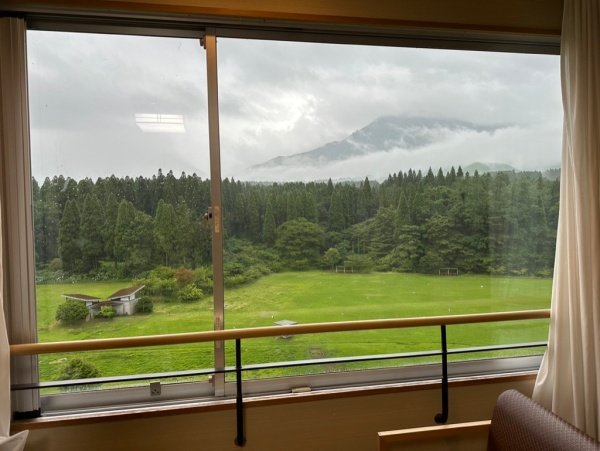Kyushu Quest Chapter 6: Mighty Walls and Fuzzy Paws
This week, we’ve arrived in Kumamoto, a prefecture in the Kyushu region of southwestern Japan. Its capital, Kumamoto City, boasts vibrant urban life surrounded by lush natural beauty. The prefecture is rich in attractions, and today’s highlight is Kumamoto Castle, a site I’ve long admired from books and illustrations.
Kumamoto Castle, completed in 1607 under the vision of Kato Kiyomasa, stands as a masterpiece of Japanese castle architecture and a symbol of military genius. Designed to endure prolonged sieges, the castle features over 49 turrets, steeply curved stone walls (mushagaeshi) to deter climbers, and clever defenses like arrow slits and stone-drop openings. Even the castle's layout was a strategic maze, with moats and winding paths intended to confuse invaders. Its narrow staircases and interior defenses further underscored its role as one of Japan’s most impenetrable fortresses. Exploring these features firsthand within Kumamoto Castle Park is a fascinating glimpse into Japan’s feudal past.
Inside Kumamoto Castle, you'll find a well-curated museum where you can dive into history, geography, and architecture through interactive exhibits. If you take the time to carefully explore all the displays, it could easily take an entire day. Compared to other castles, Kumamoto Castle stands out for its thoughtfully designed and engaging exhibits. The museum spans seven floors, each one slightly smaller than the last as you ascend—adding to the sense of adventure as you climb to the top. The pictures below are the old castle town, displays of kago (traditional sedan chairs used as taxis in ancient times), a theater, and the Kumamoto Castle-themed water bottle.
However, the 2016 Kumamoto earthquakes dealt a devastating blow to this cultural treasure. Sections of the main keep lost their roof tiles, while stone walls crumbled, including the iconic curved defenses. Several turrets and historical structures collapsed, leaving scars that still mark the landscape today. Restoration efforts began almost immediately, and while part of the main keep reopened in 2021, full recovery will take decades. The intricate process involves skilled craftsmen meticulously restoring each stone to its original place—a painstaking effort compounded by the dwindling number of qualified artisans. After learning about this, I decided to contribute to the restoration by making a donation. To my delight, I received a certificate identifying me as a symbolic castle owner. My name will even appear at the site in the future—a perfect excuse for a return trip!
After the castle visit, we explored Jōkamachi (城下町), or the "castle town," the lively district that historically developed around the fortress. Lunch featured delicious local dishes, including the whimsical Kumamon buns shaped like the beloved black bear mascot.
If you’re not familiar, Kumamon was created in 2010 to promote Kumamoto Prefecture after the opening of the Kyushu Shinkansen train line. With his round red cheeks and playful personality, Kumamon has become a cultural icon, representing everything from local products to tourism campaigns.
Next, we made a quick detour to Mount Aso, one of Japan’s most famous volcanic landmarks. Unfortunately, the area was off-limits due to fog and gas emissions. While we couldn’t explore the crater, it was a useful reconnaissance for a future visit when conditions are better.
Finally, we checked into the Kamenoi Hotel for the night. The spacious room and lovely view from the window were definite highlights, as was the on-site hot spring. However, the dining experience fell short of expectations, and there weren’t many activities during our stay. Still, as it’s only a one-night stop, it served its purpose. Tomorrow, we’ll delve deeper into the wonders of Aso—stay tuned!

